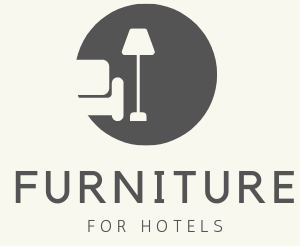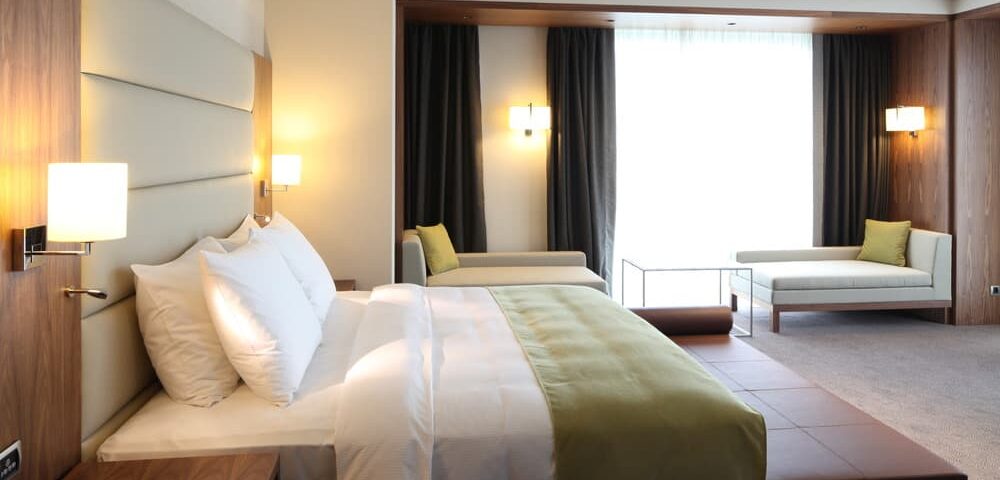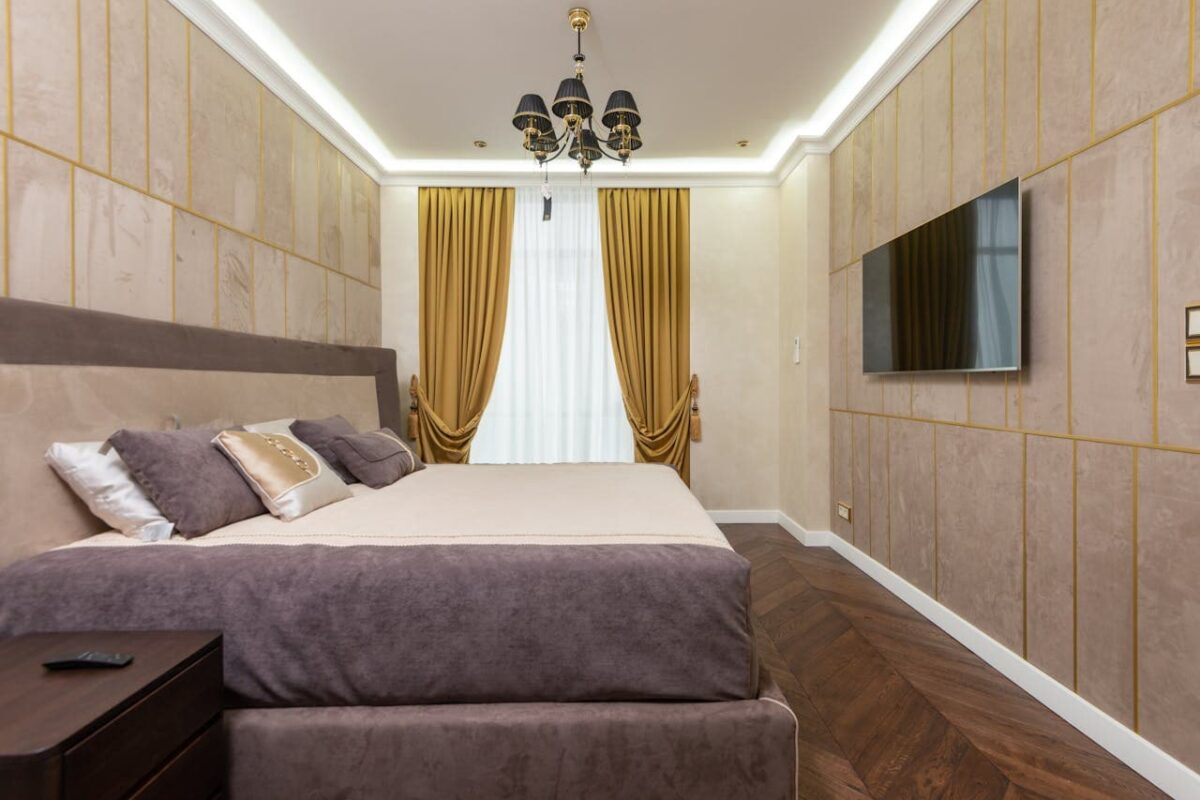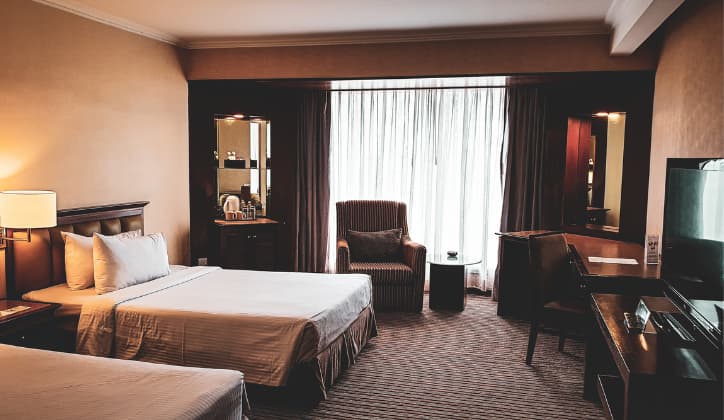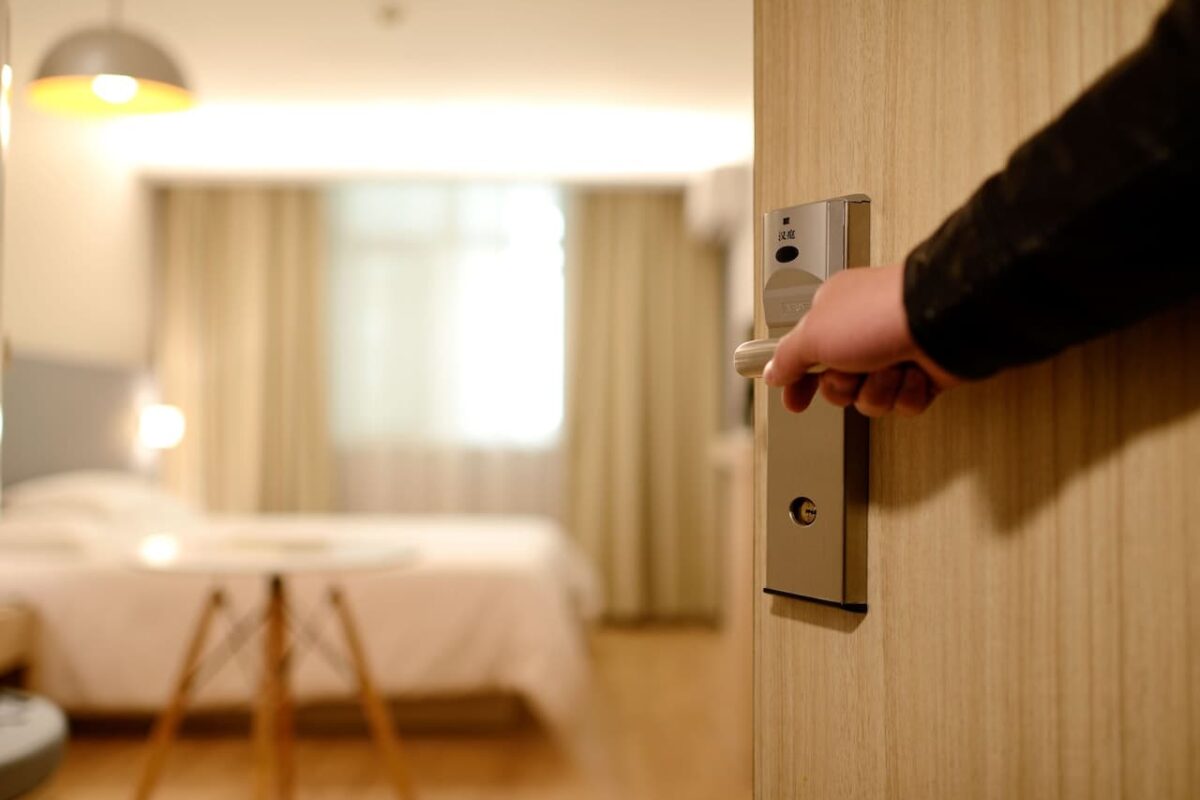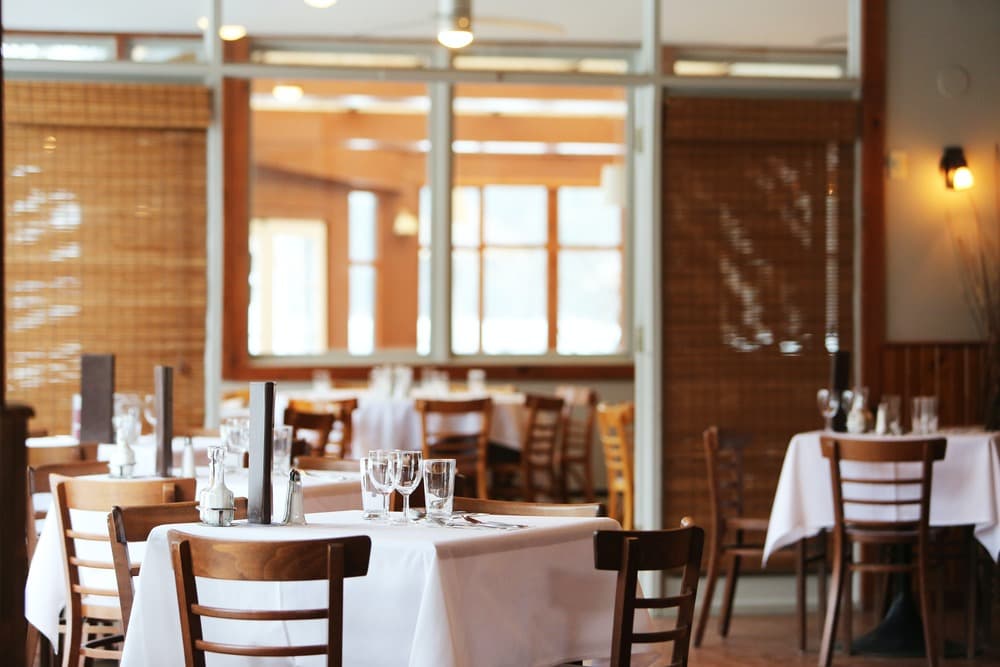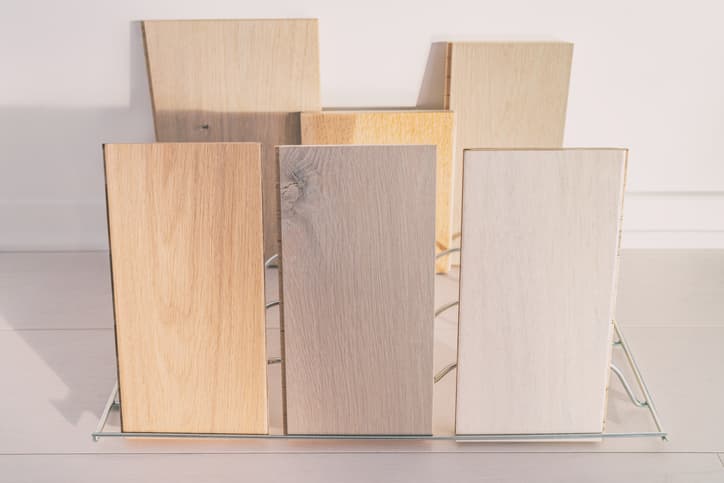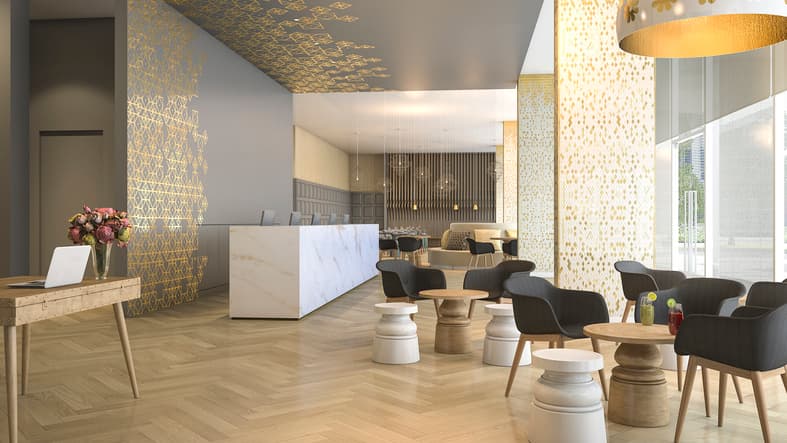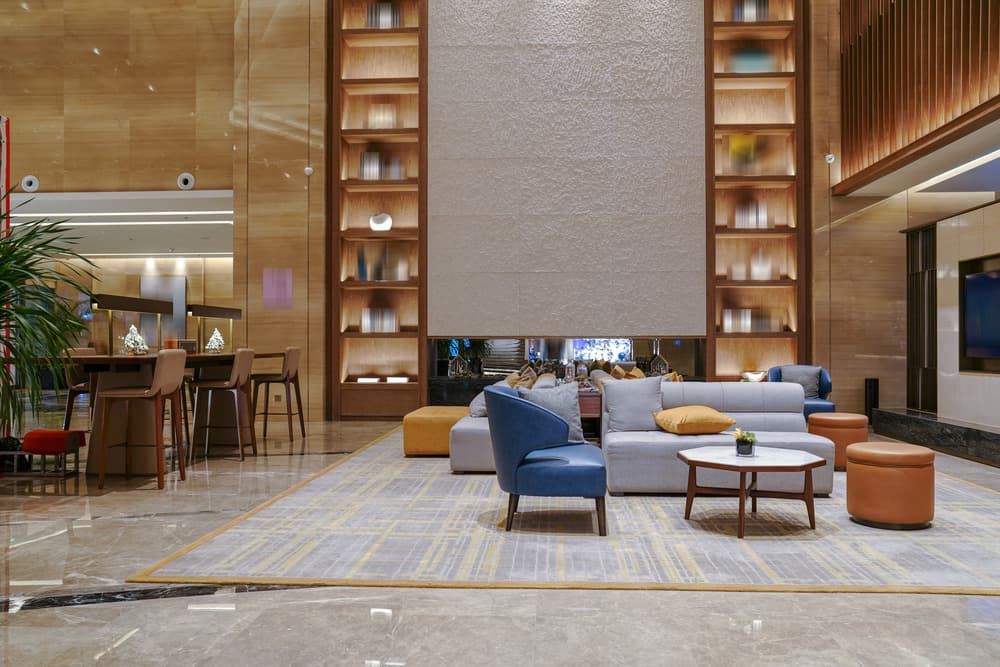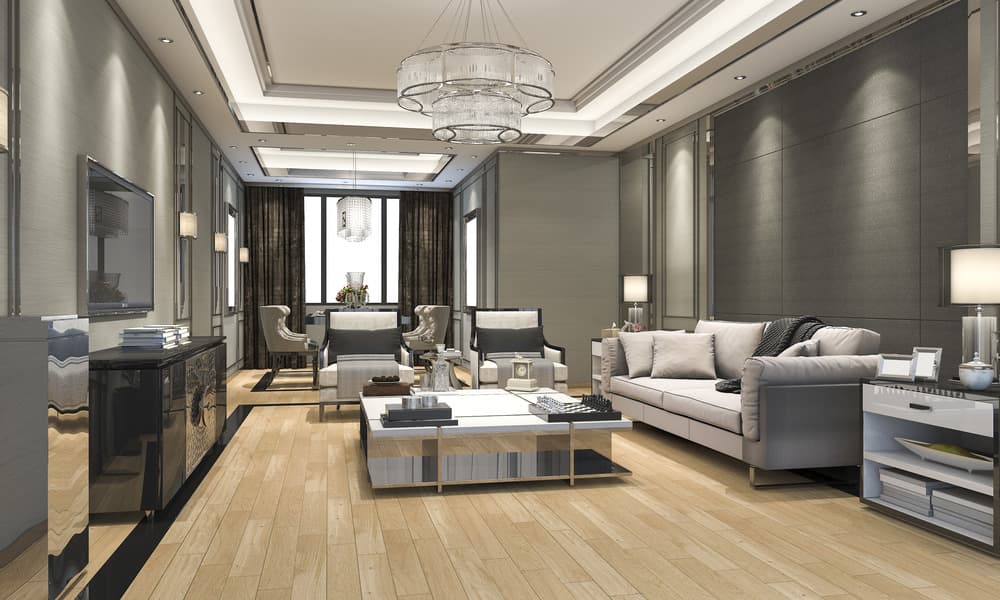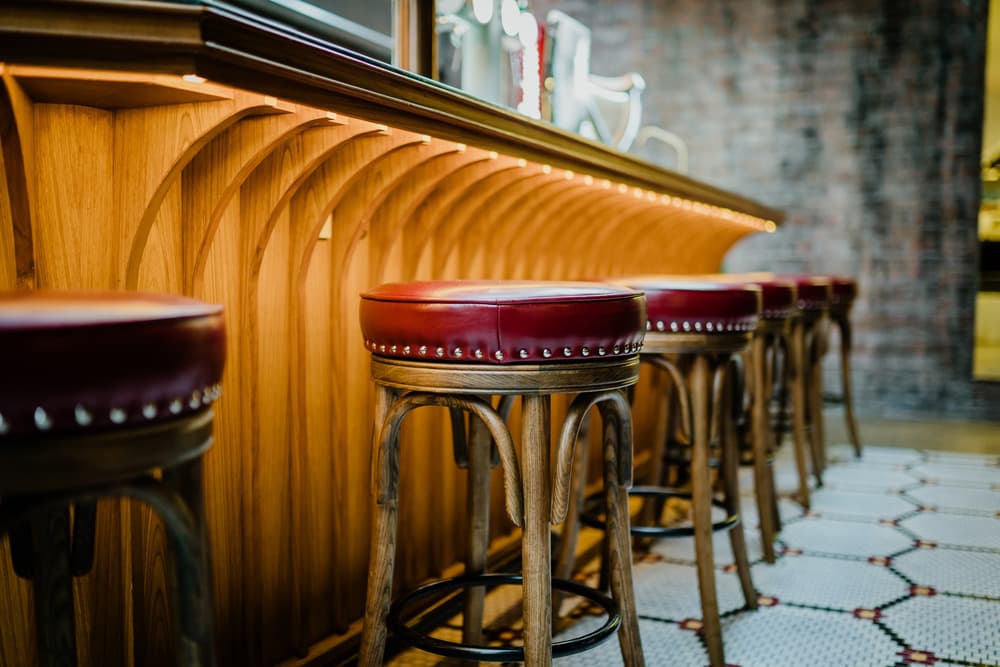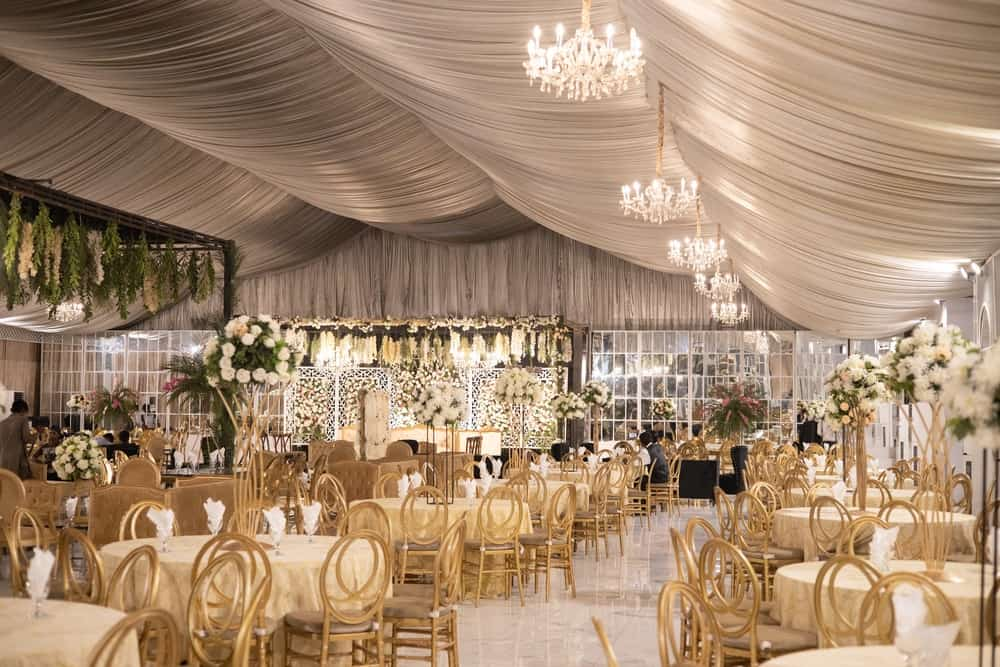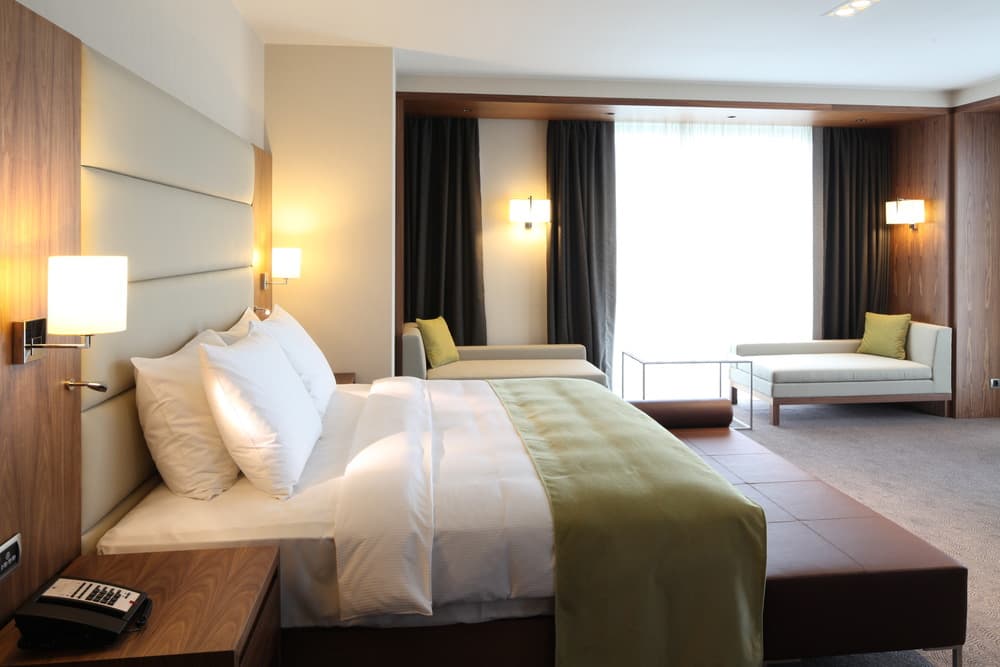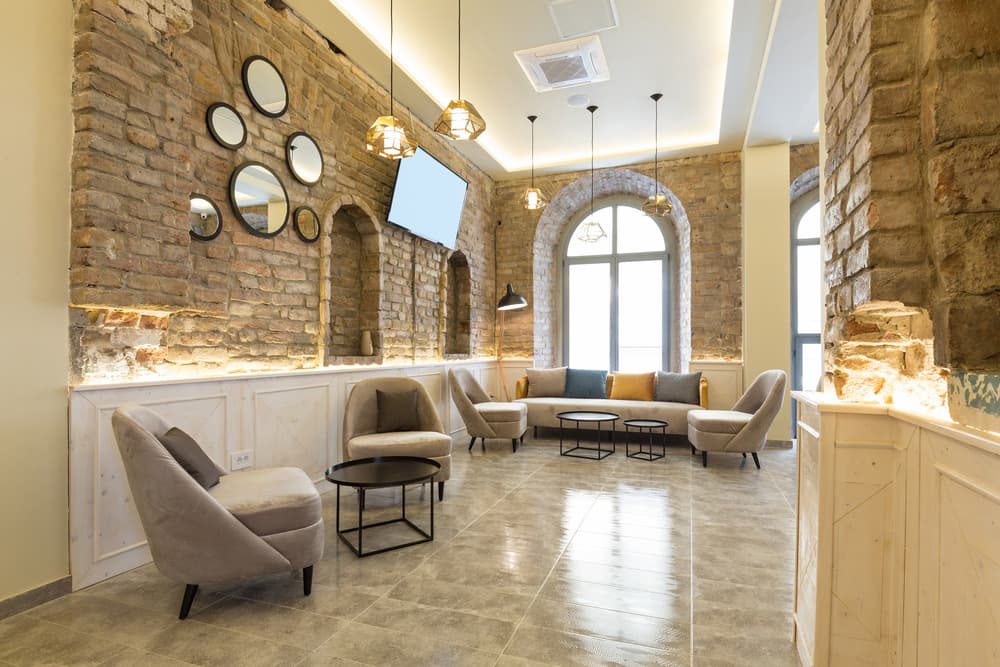
The True Cost of Furnishing a Hotel Room – An Insider’s Guide
June 14, 2023
5 Tips on Creating the Perfect Banquet Setup for Your Next Event
June 16, 2023Table of Contents
ToggleThe Art of Hotel Interior Changes: How Often Do They Happen?
The entertainment industry invests large amounts of money in changing their interior design, to remain relevant and appeal to their target audience. Similarly, the hospitality industry, specifically hotels, aims to keep up the latest trends in design, ambiance, and guest comfort to attract their clients. Updating and refreshing hotel interiors require a significant effort and investment, but it rejuvenates the atmosphere and increases client loyalty. In this blog, we will examine how often hotels change their interiors, the reasons behind it, and the impact it has on the industry.
A hotel’s interior change cycle varies depending on budget, location, number of competing hotels in the area, and overall guests’ perception. Changing interiors can range from simple modifications such as furniture refreshes, and decorative changes to a complete redesign or renovation. The average duration between complete redesigns or overhauls of hotels ranges from 5 to 10 years. It is, however, crucial to keep in mind that several things like continuously changing guest expectations, rising competition, and trends may prompt fast and significant changes in the hotel from time to time.
One of the main reasons hotels change their interior is to keep their clients satisfied and comfortable. Maintenance and refurbishment of hotels primarily serve as a way of ensuring that the hotel continues to deliver top-quality service. A hotel’s reputation is dependent on guest satisfaction, and therefore hotels’ interiors are updated frequently to suit guest expectations and meet their needs. Changes also motivate guest loyalty, providing them with the assurance that they are lodging in a convenient and comfortable facility.
Location also plays a significant role in the frequency of hotel interior changes. Competitive hospitality markets tend to prompt hotel operators to update their facilities more frequently to keep up with their competition. It is common in hotel chains to delegate designing and renovations to specific design groupsand teams to maintain a standard, ensuring guests have a consistent experience across all the chain’s hotels.
Another factor that impacts how often hotels change their interiors is design trends. The hospitality industry moves at a fast pace, with constant changes in design and interior trends. Hotels that embrace modern designs and high-tech gadgets are more likely to attract trendy and tech-savvy millennials. In contrast, hotels that maintain old and traditional, outdated designs attract those who appreciate vintage decor.
Conclusion:
Finally, how often a hotel changes its interiors is dependent on several factors that have a direct impact on guest satisfaction, comfort, competition, and overall profitability. As we have seen, hotels invest significant effort and money to maintain their guest loyalty and reputation by updating their facilities and interiors depending on these factors. Regardless of the reasons behind interior changes, hotels should aim to create an ambiance that amplifies guest satisfaction and provides relaxing, comfortable experiences. With this article, we hope to have shed some light on the practice of hotel interior changes and how it drives the hospitality industry’s development.October 1, 2024
When setting up or renovating a hotel, one of the most significant investments you’ll make is in the furniture. Your furniture defines the overall ambiance, guest […]
June 11, 2024
Turkey has long been celebrated for its exceptional furniture production, combining rich tradition with modern innovation. This article delves into why Turkish furniture stands out globally, […]
November 27, 2023
In the realm of hospitality, creating an inviting and memorable atmosphere is paramount, and one of the key elements contributing to this ambiance is the choice […]
October 3, 2023
What furniture is provided in the hotel room? When you step into a hotel room, you expect to find a comfortable and inviting space that allows […]
September 14, 2023
What type of furniture works best for restaurants? When it comes to choosing furniture for your restaurant, there are several factors to consider. The design, style, […]
August 23, 2023
What materials are hotel furniture constructed from? Hotel furniture is typically constructed from a variety of materials, depending on the desired style, durability, and budget. Some […]
August 21, 2023
What type of furniture is typically included in a hotel guest room? When it comes to furnishing a hotel guest room, there are several key pieces […]
August 10, 2023
How do I make sure that my lobby design reflects the unique style of my hotel? The lobby of a hotel serves as the first impression […]
July 17, 2023
Choosing the Right Furniture: Tips for High-Traffic Hotel Areas What materials are best suited for durable furniture in high-traffic areas? When it comes to selection of […]
July 6, 2023
What key elements set traditional and modern furniture styles apart? Traditional and modern furniture styles are distinct in their design, materials, and overall aesthetic. Understanding the […]
July 3, 2023
What is the most important element of creating a hotel with soul? How can you make a hotel attractive to customers? When it comes to making […]
June 25, 2023
The Top 6 Wood Types for Durable and Stylish Hotel Furniture What are the most popular wood types used for commercial furniture? When it comes to […]
June 22, 2023
What do business travelers need in a hotel? What is the most important feature for a business traveler to look for when choosing a hotel? When […]
June 19, 2023
Designing a Luxury Hotel: A Comprehensive Guide Designing a luxury hotel requires careful thought and planning to create an unforgettable guest experience. From the location to […]
June 17, 2023
Tips for Choosing Bar Stools for Business Bar stools have become a popular addition to modern homes, businesses, and commercial settings. Whether you’re looking for just […]
June 16, 2023
5 Tips on Creating the Perfect Banquet Setup for Your Next Event When you’re getting ready to hold your next event, creating the perfect banquet setup […]
June 14, 2023
The Art of Hotel Interior Changes: How Often Do They Happen? The entertainment industry invests large amounts of money in changing their interior design, to remain […]
June 14, 2023
The True Cost of Furnishing a Hotel Room – An Insider’s Guide Every guest that walks into a hotel room expects top-notch furnishings, great lighting, comfortable […]
June 13, 2023
Transforming Your Hotel Room with the Right Furniture Design As a hotel owner or interior designer, you must be aware that furniture plays a critical role […]
June 13, 2023
Exploring the Beauty and Quality of Turkish Furniture for Hotels When it comes to furniture, Turkish brands have positioned themselves as one of the best in […]
